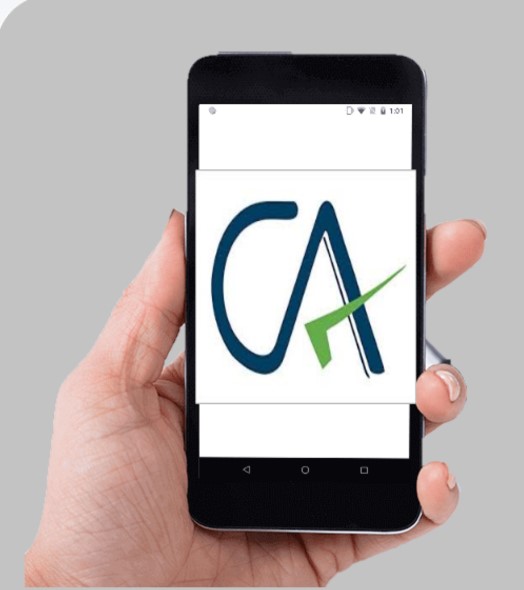In the ordinance Dt. 20.09.2019, two new corporate tax rate were announced u/s 115BAA and 115BAB i.e. 22% and 15% for all the companies and for new manufacturing companies respectively with certain conditions attached which have been discussed in detail in their respective articles.
Here we will discuss the effect of surcharge under the new ordinance and it’s effect on the decision whether one must opt for new tax rate or not.
Surcharge under the new ordinance:
In the ordinance a new proviso after proviso 8 to section 2 of Finance (No. 2) Act, 2019 has been added which is as under:
“Provided also that in respect of any income chargeable to tax under section 115BAA or section 115BAB of the Income-Tax act, the tax computed under the first proviso shall be increased by a surcharge, for the purpose of the Union, calculated at the rate of ten percent of such “advance tax”.
Thus from the above statement it’s clear that surcharge u/s 115BAA and 115BAB would be 10% irrespective of your income, as is available under normal provision and now if one wishes to compare the benefit he/she would get by opting for this new scheme it needs to be done taking into consideration the surcharge under the new ordinance and not just comparing the base rate. Do note that such surcharge wont be applicable on companies not opting for such tax rates.
Thus, the base rate of tax for these companies would be 25.17% and 17.17% u/s 115BAA and 115BAB respectively.
Now if we compare the tax rate of a normal small exiting company with the company opting for new tax rate u/s 115BAA the difference would be only of a mere 0.83%, [i.e. 26% tax under normal regime (25% tax plus 4% cess) less 25.17% u/s 115BAA] but let’s take a look at the other pros and cons which one would be subscribed to if they opt for new schema:
Pros:
- Tax saving of 0.83%.
- No MAT provisions applicable.
Cons:
- No additional depreciation available u/s 32(1)(iia).
- No additional deduction for investing in machinery at specified location or research or deduction for specified business u/s 32AC, 32AD, 35, 35AD etc.
- No deduction under Heading C of chapter VIA i.e. from section 80IA to 80RRB except 80JJAA.
- No carry forward of, earlier years loss due to above reasons, or MAT credit.
Thus this are the various pros and cons you need to keep in mind before your selection of tax rate. Although con no. 1 cannot be a deal breaker as it only restricts additional depreciation which will be available in future as it’s just a preponement of your depreciation and not any additional benefit, but if you are going to claim or eligible to claim any other deduction then you must not accept the new rate as of now.
Also may be the difference now would be just 0.83% but if your company is growing at good pace then it might save the high surcharge which the company might be liable to pay in future. Also it will protect the organization against Minimum alternate tax provision u/s 115JB of the Income tax act.
Hence, in any situations if you are just a normal company not taking any extra ordinary benefits going on for new tax rate would be a good option even after the additional surcharge.
If you need assistance you can ask a question to our expert and get the answer within an hour or post a comment about your views on the post and also subscribe to our newsletter for latest weekly updates.












